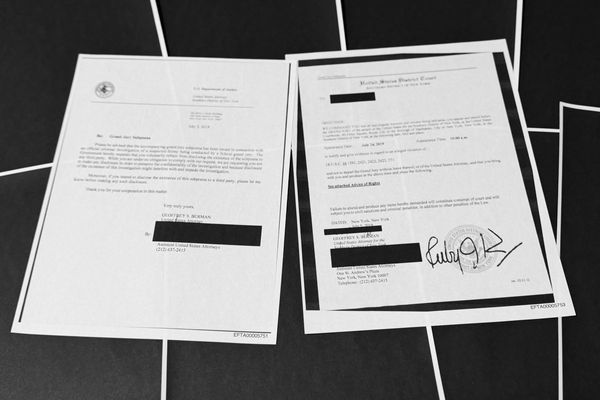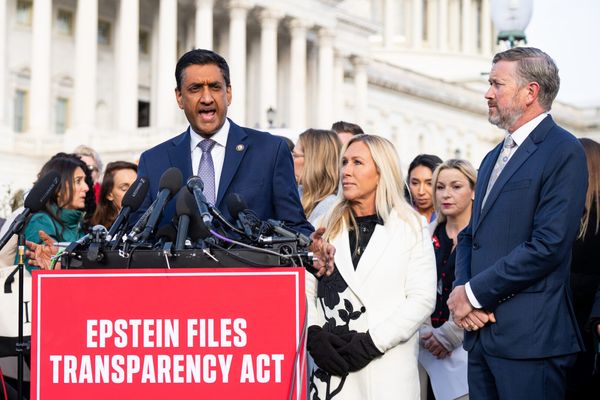
- The House Of Representatives introduced a bill on Monday that would phase out federal EV tax credits.
- It hasn't passed yet, but it's the most serious step Congress has taken toward repealing the credits, which are a key driver of EV sales and leases.
- President Donald Trump is strongly opposed to EV tax credits, so if the bill gets through both houses of Congress he's all but certain to sign it.
The U.S. House Of Representatives took the first step toward repealing the $7,500 federal clean vehicle tax credit Monday. The Ways and Means Committee introduced a bill that would kill it after 2026, with the federal $4,000 used clean vehicle tax credit going away at the end of this year.
But even though the new tax credit would continue through 2026, it would not apply to vehicles from manufacturers that have sold over 200,000 qualifying vehicles. Given that sourcing requirements already considerably shortened the list of eligible vehicles, and that Ford, GM, Tesla and others are already over the cap, this would mark an end to the tax credit for most buyers and lessees.

This comes after President Donald Trump campaigned on ending the EV "mandate" and promised to ditch the credits. The plan to roll them back has faced some pushback from lawmakers in states with EV factories and investments—and that includes a lot of states!—but it's rater unsurprising to see it going away. With Republican majorities in both houses of Congress and a "drill, baby, drill" proponent in the Oval Office, it was never going to last.
“The U.S. battery and mineral supply chain — and the fast-growing EV manufacturing industry it feeds into — has created more than 240,000 jobs in every corner of the United States," Zero Emission Transportation Association’s Executive Director Al Gore said in a statement. "Businesses throughout the auto industry, from critical mineral and material developers to battery manufacturers and automakers, are making investments supported by the certainty offered by our federal government. In turn, these investments are creating new economic opportunities in local communities, from Reno, Nevada, to Casa Grande, Arizona, to Savannah, Georgia."
Still, it's not settled law yet. The bill still has to pass both houses of Congress, and I expect it to face a tougher road in the Senate, where even a few defections from car-building states could tank it. Yet it's the biggest step yet toward ending the program, and it's coming at a brutal time for the EV industry.
Companies were already scaling back their EV ambitions on softer-than-expected demand. But the introduction of 25% import tariffs has been a brutal blow, as EVs—which are often low-margin or money-losing for legacy automakers—are frequently built outside of the U.S. to reduce costs. Now, they'll face a 25% tariff, and even the U.S. built ones will have to deal with parts tariffs and a $7,500 credit that looks likely to disappear.
Now, it is fair to ask if the American taxpayer should be subsidizing EVs that are built in Mexico or Canada (vehicles built in other countries do not qualify for the credit). But it was the previous Trump administration that negotiated the free-trade deal between these three nations, so punishing businesses for taking advantage of trade deals you negotiated feels odd. Automakers need stability and clarity for long-term business decisions if they're going to build the affordable, compelling vehicles consumers want, and the constant regulatory and tariff changes are putting them under immense strain.
Regardless, in a year where EV sales were already facing downward pressure, this could make things worse. The good news is that the EV experience is great and getting better, with high consumer loyalty among people who have switched. The technology will catch on here, as it has everywhere else. It just may take longer than we hoped.
Contact the author: Mack.Hogan@insideevs.com.







